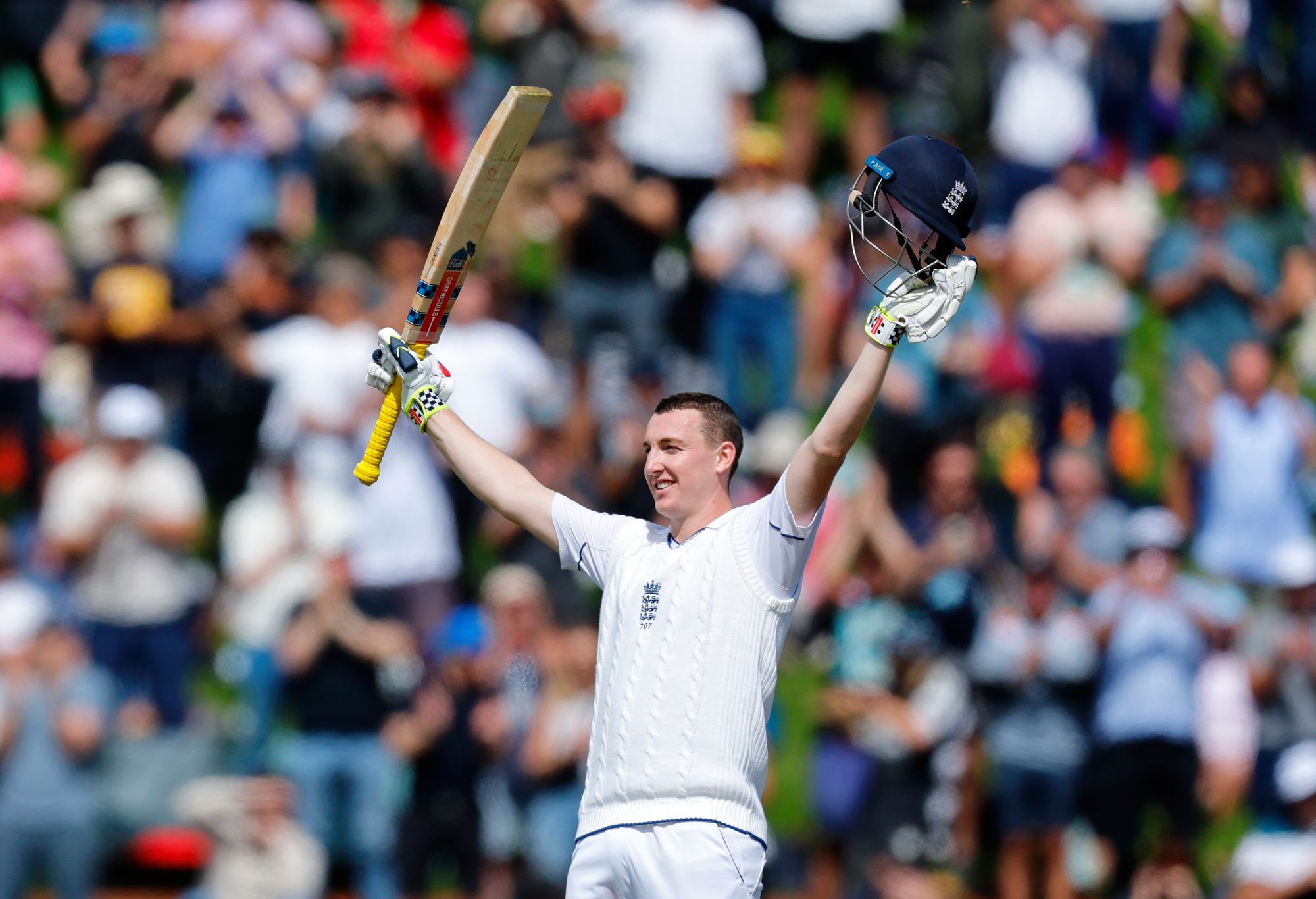A lot has been said in the last couple of years about five day Test cricket slowly dying, as it doesn’t translate to a young spectator in a fast paced world. Fair enough, but maybe Test cricket and its place in the cricketing landscape deserves a renewed appraisal. Let’s face it, with stay-at-home lockdowns in the not too distant past, what is a fast paced world anyway?
Proponents of shortened Test Cricket look to attention spans in the modern world and argue that potential spectators need a shortened version of Tests in order to turn them into fans. I’d say we’re short changing people’s ability to deal with different formats of entertainment and underestimating the percentage of the billion-plus cricket world needed to keep five day Tests viable. Spectators want entertainment. Fans want a result. Administrators and promoters want money.
Sure you could look at the empty arena in South Africa over the last week and suggest that no one wanted to even watch their home side beat the West Indies in three days, but the ground steadily filled in New Zealand, as word spread that the home side was in with a sniff on day five against the Bazballers of England.

Is there anything worse than an empty stadium? (Photo by Mark Kolbe/Getty Images)
Australia’s horrific planning for the Indian tour has more bearing on the production of two three-day Tests in the current series than with tracks which favour the home side. Spectators had a steady flow of wickets over three days in all three Tests. Are Australian fans happy with the three day cricket played by their national team, though? Indian fans are, at 2-1 up!
Sure, due to conditions, the third Test was unlikely to go five days, but there’s no rule that says because five days are set aside that a match should go that long. It was as recent as the Brisbane Test, when an under prepared South African top six imploded and the game was over in two days.
Four day Tests were played as recently as the 1970’s, with the last of those being the debut series of Richard Hadlee when Pakistan defeated New Zealand 1-0 in the shaky isles. Rain affected the first two days of the first Test and it joined the third Test as a draw. The draws in those four day Tests weren’t edge of your seat survival, they petered out.
So what does the one day reduction do for a spectator in this scenario? It does nothing for the fan, does it? Timeless Tests of the 1930’s on the other hand, had examples of the Aussies scoring at four to five runs per over.
Can the game in any of its formats survive, let alone thrive, on spectators alone? Isn’t it invested fans who build the backbone of ongoing financial support? Won’t the quality of the cricket be the ultimate decider of viability? I’m sure the bean counters have a conservative target in mind for profitability and therefore an ideal length of match, but isn’t sport owned by the fan?
I’m sure those same bean counters worked out an advantageous formula when no spectators were allowed in stadia during lockdowns, so do the inevitable changes become dominated even more by televising the matches rather than attendance? The savings from empty stands mean then it shouldn’t matter if there’s five days available for a Test, as ticket sales become irrelevant to revenue.
Personally, I don’t see an indisputable advantage in reducing the Test playing time and the recent one run, fifth day win by New Zealand should spark more debate and admiration for the two different cricketing approaches. Those approaches contributed to a fans greatest hope – a nailbiting finish to a genuine contest, made possible by the time available for New Zealand to claw back into the fight.

Harry Brook celebrates his century in Wellington. (Photo by Hagen Hopkins/Getty Images)
Joe Root and Harry Brook set up England’s chances with a 322 run partnership in 61 overs at 5.2 an over. That rate allowed New Zealand time in their 2nd innings to rebuild with a 149 run, 53 over partnership at 2.8 per over. Kane Williamson and Tom Blundell also produced a 158 partnership in 48 overs at 3.2. Five day Test cricket allows for rebuilds such as the Kiwi’s, at rates which sap the opposition.
Did spectators salivate during the Brook smash and grab, but vow never to watch Test cricket again when the Kiwi openers were digging in for 2.8 runs per over? Did fans shake their heads at edges produced by wild swipes from no footwork, yet lean back in contentment in ‘Man of the Match’ Williamson becoming the highest NZ Test run-scorer while striking at 48?
Five day Test cricket produced both for spectators and fans alike and I guarantee you that the promoters now wish there had been a third five day Test!
>Cricket News



%20(3).jpeg)



0 Comments